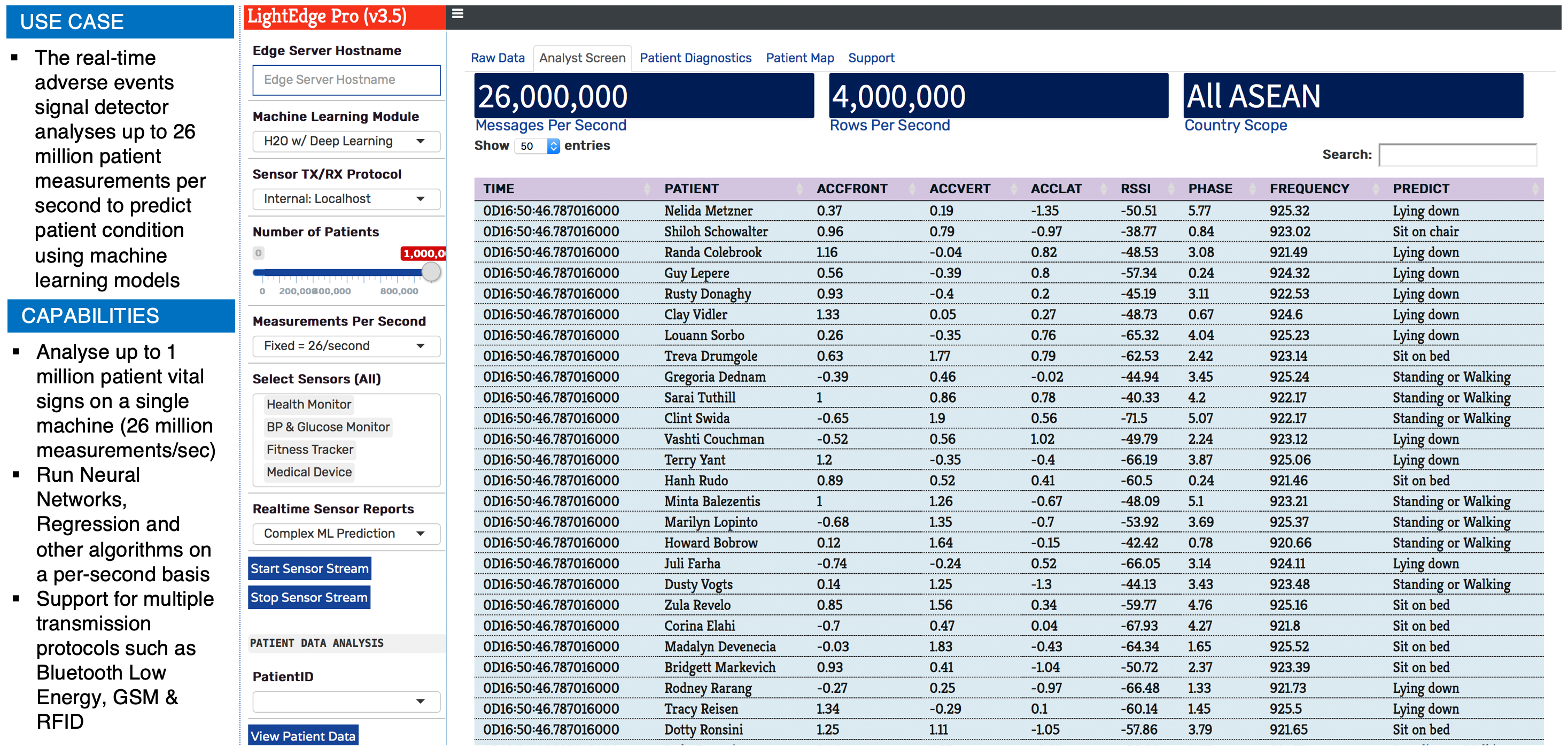Machine Learning (ML) Products, Library & Assets
Products & Services
Sample Machine Learning (ML) Products
RxDataScience has a rich stack of ML and Analytics applications that have been pre-configured to deliver standard functionality with the added versatility to be customizable for client-specific requirements. Most Machine Learning and Ai applications involve a comprehensive workflow that includes various stages of the process extending from the scope definitions to iterative deliverables leading up to the production implementation of projects.
Below are but a few examples of the vast array of real-world Machine Learning applications.
Patient Finder
Finding patients in claims databases, such as APLD (Anonymized Patient-Level Data) and Truven Marketscan can be accomplished by identifying patients that show characteristics that are similar to other patients with the same diagnosis codes. Using a vast trove of Claims data, our patient finder models categorize and rank Patient IDs that match historical patterns of onset of disease states. These are typically classification tasks with probability scores used for ranking potential candidates.
Commercial Market Research
In commercial market research, we work with pharmaceutical clients to develop target lists of physicians to market products. Physician and Rx datasets are used extensively as inputs to predict future prescribing patterns. These models employ a wide range of algorithms and are typically regression exercises that aim to predict the future Rx volume of physicians based on historical qualitative and quantitative attributes.
Promotion Mix Modeling
It is a common practice within pharmaceutical companies to apply promotion response modeling to find the optimal sequence of mix multi-channel marketing (direct marketing, advertising, etc) and other activities such as detail (P1, P2) and call frequency. Traditionally, such activities have been performed using negative exponential — a response curve that increases fast but soon levels out, indicating that increased amount of promotion spending will have lesser and lesser impact on revenues. The application of ML models to supplement the existing research is an effective approach to improve and further refine the process.
Data Disambiguation

Pharma data vendors often use their own physician IDs across their datasets. Unless the data records have an NPI ID, the absence of a common physician key makes it extremely challenging to join disparate datasources. Using data disambiguation techniques to correlate physician and patient records from disparate datasets, we develop algorithms that link data across enterprise datasets to create a holistic 360-degree view of the patient-physician relationship.
ML Libraries
The common ML libraries that have been implemented within the RxDataScience application ecosystem include industry-standard open-source solutions that provide high-efficiency at a reduced cost.
In Python, scikit-learn is used extensively for both supervised and unsupervised models. These include algorithms ranging from basic ordinary least squares (OLS) to more advanced Bayesian ML and Neural Networks. Tensorflow and Keras is used mainly for Deep Learning use cases that require more compute-intense workloads. pyTorch on GPU provides a high degree of efficiency for numeric computing heavy workloads on a case-by-case basis. Extensive examples of Jupyter notebooks highlighting the complete workflows of various ML tasks are available on demand.
R-Based Packages
We also leverage R-based packages as and when needed for statistical and forecasting applications that can leverage the wide range of packages readily available in CRAN for both general-purpose to more specialized areas as evident in R Task-View pages. RStudio and RShiny can by used for fast and localized deployments that do not require large-scale enterprise implementation.
In order to extract optimal performance from existing and new applications, the core ML team at RxDataScience incorporates latest developments from the research community, and low-level solutions in C/C++ can be integrated into solutions.


